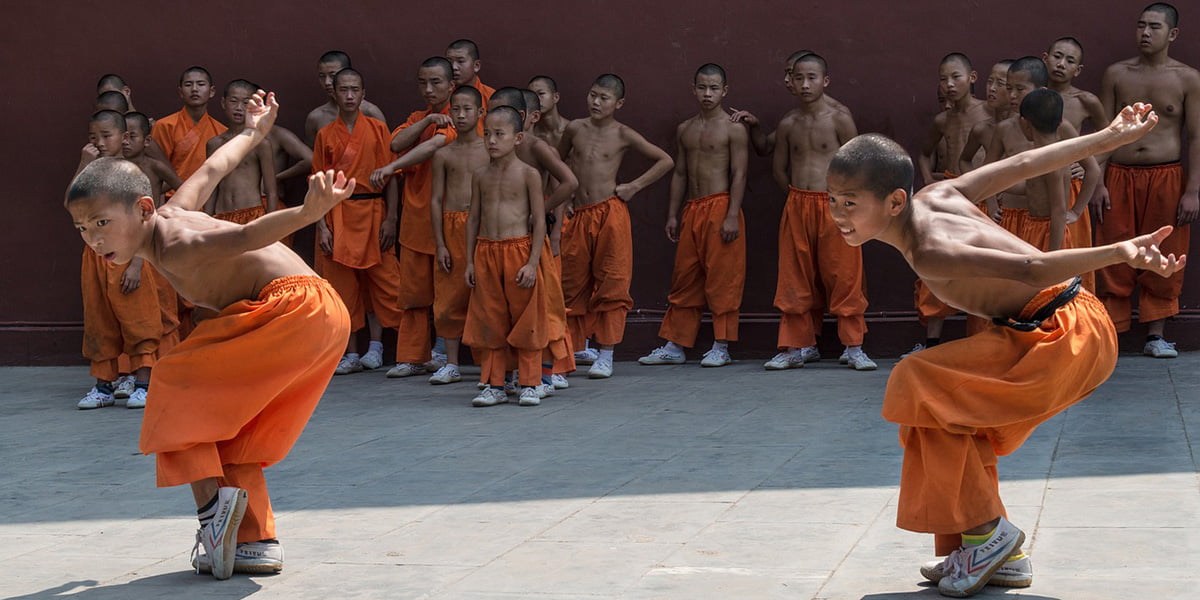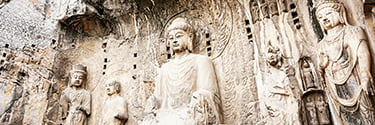Traversing the Spiritual Landscape: Buddhism in China and the Art of Travel
China: A vast expanse that stretches from misty mountains to bustling metropolises, and from verdant terrains to arid deserts. At the heart of this geographical marvel lies a spiritual pulse, an ethos that has woven tales of divinity and meditation for millennia. That pulse, that beating heart, is Buddhism. Embarking on a journey to explore Buddhism in China isn’t just about visiting temples; it’s about traveling through time and understanding how an ancient philosophy has left an indelible mark on art, architecture, and the very spirit of the Chinese people.
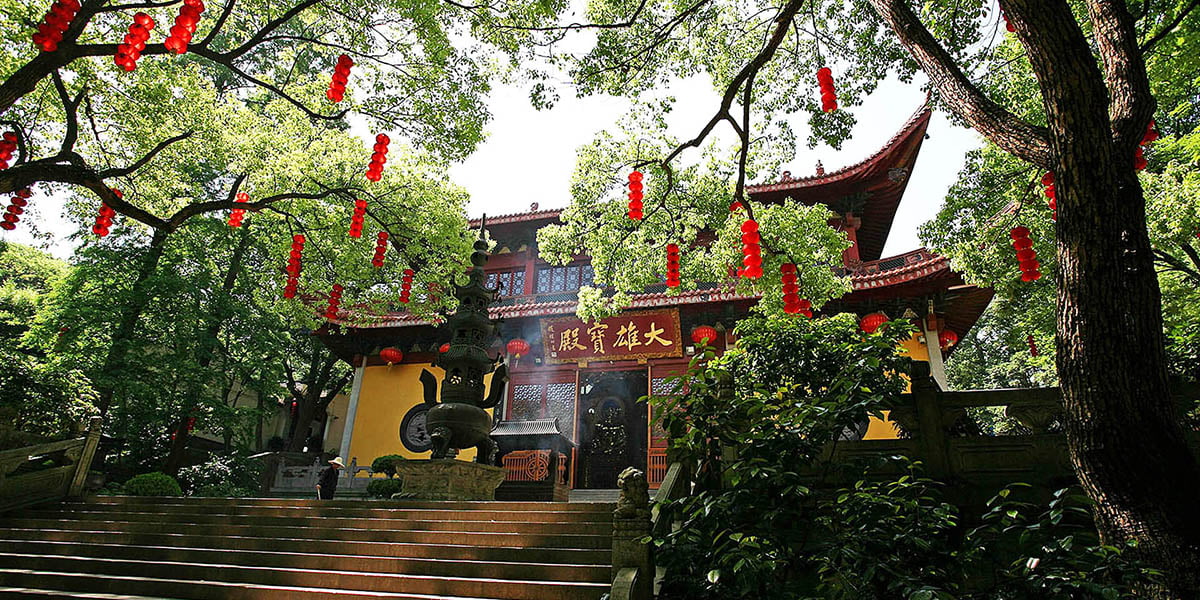
Buddhism’s Arrival in China
Buddhism found its way to China along the Silk Road, making its maiden entry around the 1st century CE. As it journeyed through the Chinese landscape, the religion intertwined with Confucianism and Taoism, giving birth to a unique Chinese variant of Buddhism. This amalgamation wasn’t just spiritual; it was palpably evident in art and architecture, breathing life into sculptures, pagodas, and murals.

The Sacred City: Lhasa
Lhasa, often referred to as the ‘Roof of the World’, is a must-visit for anyone intrigued by Buddhism in China. The imposing Potala Palace stands as a testament to the majesty of Tibetan Buddhism. With its labyrinthine corridors adorned with thangkas (Tibetan Buddhist paintings) and prayer wheels, the Palace offers insights into the intricate tales of Bodhisattvas and Buddhas.
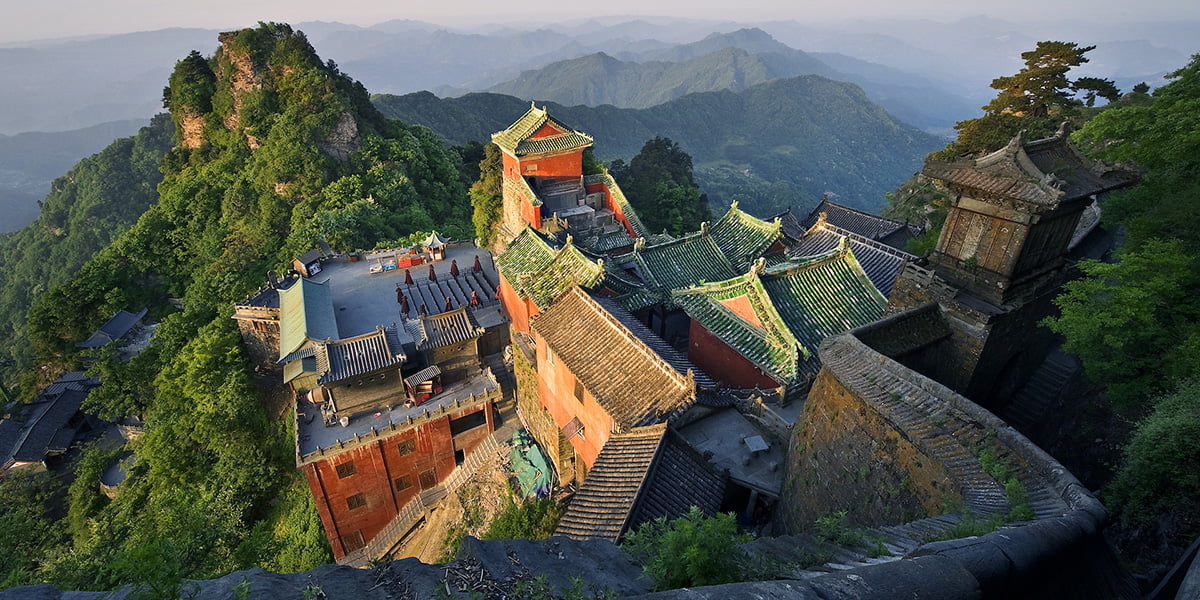
The Caves of a Thousand Buddhas: Dunhuang
The Mogao Caves, also known as the Caves of the Thousand Buddhas, located near Dunhuang, offer a mesmerizing tableau of Buddhist art. The walls of these caves are adorned with intricate murals that chronicle tales from Jataka to the life of Gautama Buddha. As you traverse these echoing chambers, the soft glow of the art illuminates tales from an era gone by.
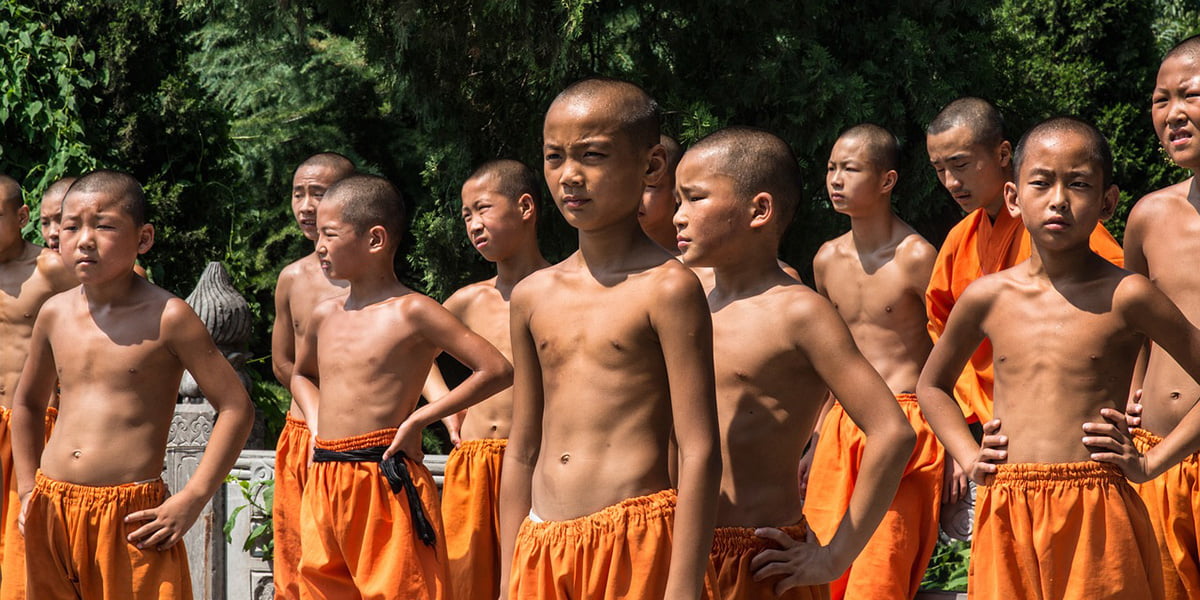
Mount Emei: The Harmony of Nature and Spirituality
Nestled in the Sichuan Province, Mount Emei stands as one of the four sacred Buddhist mountains in China. The journey up the mountain isn’t just a physical trek; it’s a spiritual ascension, punctuated with ancient monasteries and the sound of chanting that floats through the mist. The peak rewards travelers with an ethereal view: the golden statue of Samantabhadra, gleaming in the first light of dawn, surrounded by a sea of clouds.

Putuo Shan: The Island of Avalokiteshvara
South of Shanghai lies an island sanctuary dedicated to Avalokiteshvara (Guanyin), the bodhisattva of compassion. Putuo Shan, one of the four sacred Buddhist mountains in China, beckons pilgrims and travelers alike. The island resounds with the harmonious chime of temple bells and melodious chants, offering a tranquil escape from the hustle and bustle of urban life. Temples like Puji, Fayu, and Huiji dot the landscape, each echoing tales of miracles and the benevolence of Guanyin. To walk its paths is to experience the very essence of Chinese Mahayana Buddhism.

Buddhism and Architecture: The Pagoda Influence
While discussing Buddhism in China, one cannot overlook the iconic pagodas. Inspired by the Indian stupas, Chinese pagodas evolved over time, reflecting nuances of local aesthetics. From the Giant Wild Goose Pagoda in Xi’an to the Leifeng Pagoda in Hangzhou, these multi-tiered towers have become symbols of Chinese cities. Not just places of worship, they’re landmarks that narrate tales of history, faith, and architecture.
Hangzhou: The Soulful West Lake
While Hangzhou’s West Lake offers picturesque views that have inspired poets and artists, it’s also home to the Lingyin Temple. Amidst the serene backdrop, this temple stands as a beacon of Chan (Zen) Buddhism in China. The Feilai Feng grottoes nearby, with their intricate carvings of Buddhist legends, showcase the profound influence of Buddhism on Chinese art.
The Shaolin Monastery: Kung Fu and Meditation
When one speaks of Buddhism, the indomitable spirit of the Shaolin monks invariably comes to mind. Nestled in the Henan province, the Shaolin Monastery is not just the birthplace of Kung Fu but also a hub of Mahayana Buddhism. A trip here offers a unique blend of spirituality, martial arts, and an insight into monastic life.
Buddhism Today: A Journey Within
While the historical landmarks provide a tangible connection to Buddhism, the essence of this philosophy is in the everyday. Tea ceremonies in tranquil gardens, meditation sessions overlooking the Yellow Mountains, or simply listening to a monk narrate ancient tales under a cherry blossom tree – these experiences encapsulate the Buddhist philosophy of mindfulness and living in the moment.
Concluding Thoughts: Travel, Buddhism, and the Chinese Soul
The intertwined paths of Buddhism and Chinese culture offer travelers a rich tapestry of experiences. Exploring China through the lens of Buddhism is not merely about temple visits. It’s a journey that unravels the very soul of a nation, an exploration of how a philosophy from India found a home in China, shaping its art, culture, and ethos.
For those enticed by the allure of Chinese culture and the teachings of Buddhism, every step in this majestic land offers a lesson, a story, a moment of introspection. The journey beckons, not just to see a country but to experience a way of life. Travel, after all, isn’t just about destinations; it’s about discoveries.
Embark on this spiritual sojourn. Immerse yourself in tales of enlightenment and history. Book your journey to China now, and let the timeless wisdom of Buddhism enrich your soul.


